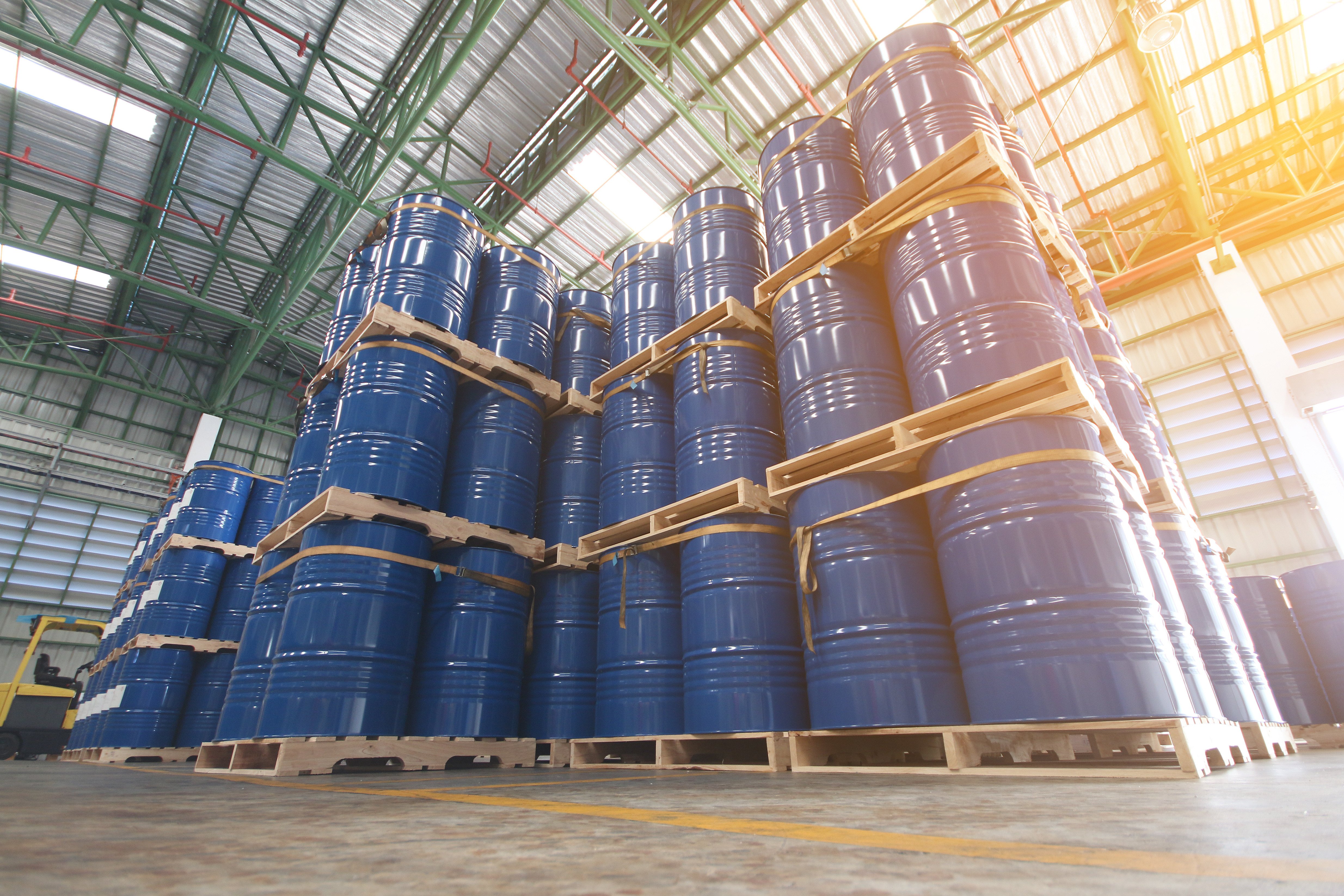What Is Hazardous Waste Management? A Guide for Developers
Free Permitting Checklist
Practical Tips to Avoid Environmental Risk on all Your Projects
Download our environmental permitting checklist to get a step-by-step list of ways to protect your project from the 9 most common environmental risks.
Download Your Checklist
What is hazardous waste management?
Hazardous waste management is a critical aspect of environmental protection and public safety, particularly relevant to large greenfield developers and environmental consultants. This guide provides an overview of the key components and best practices in hazardous waste management, designed to help you navigate the complex regulatory landscape and ensure compliance with federal and state regulations.
Definition and importance
Hazardous waste management refers to the systematic approach to handling, treating, storing, and disposing of materials that pose substantial or potential threats to public health or the environment. These wastes can be liquids, solids, gases, or sludges, and are generally characterized by their ignitability, corrosivity, reactivity, or toxicity.
The cradle-to-grave approach
The U.S. Environmental Protection Agency (EPA) has established a "cradle-to-grave" system for hazardous waste management. This approach tracks hazardous materials from the moment they are created until their ultimate disposal, ensuring proper handling throughout their lifecycle.
Key components of hazardous waste management
Identification and classification
The first step in hazardous waste management is identifying whether a material qualifies as hazardous waste. The EPA provides specific guidelines for this process:
- Determine if the material is a solid waste
- Check if it's excluded from regulation
- Evaluate if it's a listed or characteristic hazardous waste
Proper identification is crucial, as it determines the applicable regulations and management practices.
Definition and importance
Hazardous waste generators are classified into three categories based on the quantity of waste they produce:
- Very Small Quantity Generators (VSQGs)
- Small Quantity Generators (SQGs)
- Large Quantity Generators (LQGs)
Each category has specific regulatory requirements, including notification, management, and disposal procedures.
Transportation and manifesting
The transportation of hazardous waste is strictly regulated. Generators must use a manifest system to track the movement of waste from its origin to its final destination. This system ensures accountability and proper handling throughout the transportation process.
Treatment, storage, and disposal
Treatment, Storage, and Disposal Facilities (TSDFs) play a crucial role in hazardous waste management. These facilities must adhere to stringent regulations to protect soil, groundwater, and air resources. Key aspects include:
- Recycling: If possible, hazardous waste should be recycled to reduce environmental impact
- Treatment: Processes to render waste less hazardous or non-hazardous
- Disposal: Final placement of waste in specially designed landfills or incinerators
Permitting and compliance
Facilities that handle hazardous waste must obtain appropriate permits and comply with federal and state regulations. The New York State Department of Environmental Conservation (NYSDEC), for example, issues permits and conducts inspections to ensure compliance with hazardous waste management regulations.
Regulatory framework
The primary federal law governing hazardous waste management is the Resource Conservation and Recovery Act (RCRA). This act provides a framework for the proper management of hazardous and non-hazardous solid waste. State agencies, like NYSDEC, often have additional regulations that may be more stringent than federal requirements.
Corrective action and emergency response
In the event of a release or potential release of hazardous waste, facilities must have corrective action plans in place. This includes investigating and cleaning up known or likely releases of hazardous materials.
Emerging trends and initiatives
The field of hazardous waste management is continually evolving. Recent initiatives include:
- Electronic manifest systems for improved tracking
- Addressing PFAS (per- and polyfluoroalkyl substances) under RCRA
- Management of used lithium-ion batteries
- Reducing open burning and open detonation of waste explosives
For large greenfield developers and environmental consultants, understanding and implementing proper hazardous waste management practices is essential. It not only ensures compliance with federal and state regulations but also contributes to environmental protection and public safety. As regulations and technologies continue to evolve, staying informed and adapting management practices accordingly will be crucial for success in this field.
SOURCES
U.S. Environmental Protection Agency (EPA) - Waste, Chemical, and Cleanup Enforcement
U.S. Environmental Protection Agency (EPA) - Learn the Basics of Hazardous Waste
U.S. Environmental Protection Agency (EPA) - Hazardous Waste Management Facilities and Units
U.S. Environmental Protection Agency (EPA) - Resource Conservation and Recovery Act (RCRA) Regulations
New York State Department of Environmental Conservation (NYSDEC) - Hazardous Waste Guidance
U.S. Environmental Protection Agency (EPA) - Hazardous Waste
Northeast Waste Management Officials' Association (NEWMOA) - About NEWMOA
New York State Department of Environmental Conservation (NYSDEC) - Hazardous Waste Management
Occupational Safety and Health Administration (OSHA) - Hazardous Waste Overview
Free Permitting Checklist
Practical Tips to Avoid Environmental Risk on all Your Projects
Download our environmental permitting checklist to get a step-by-step list of ways to protect your project from the 9 most common environmental risks.
